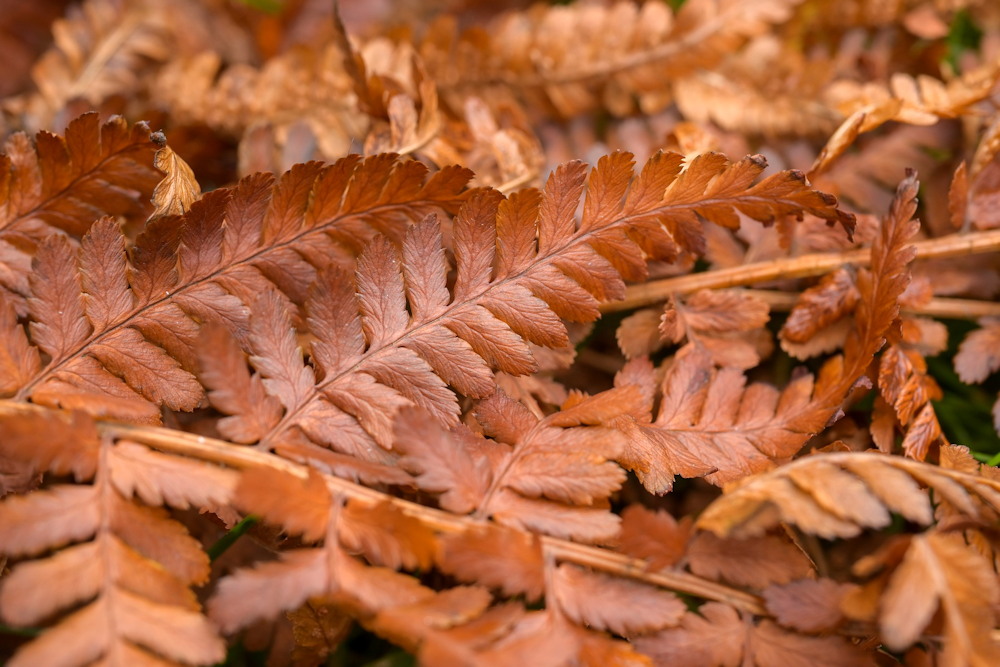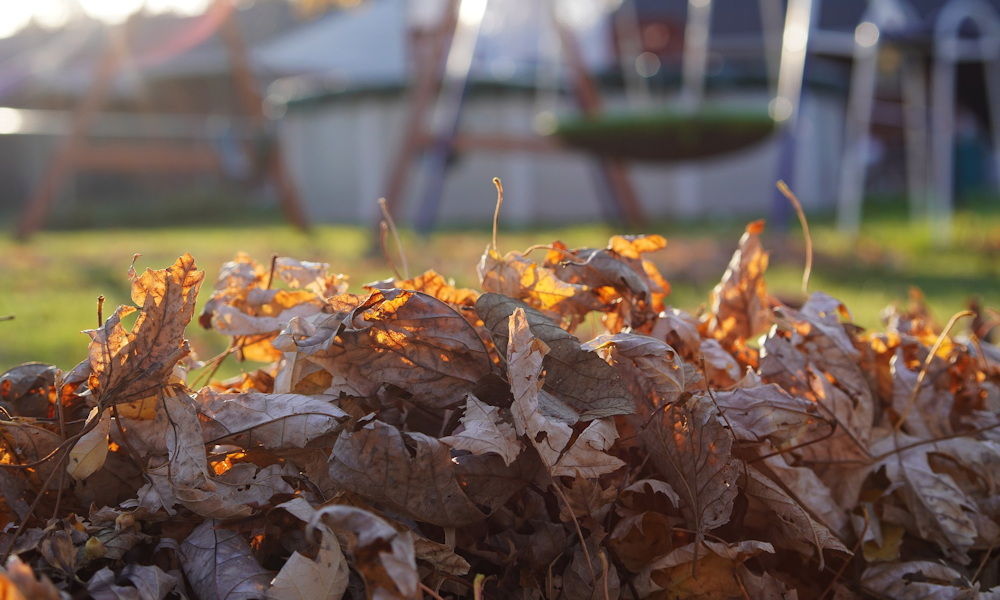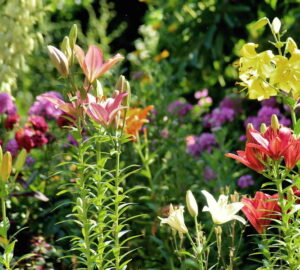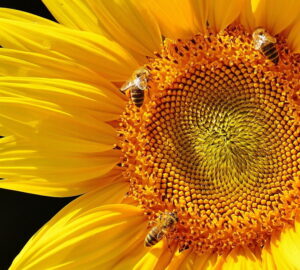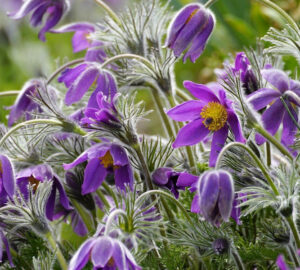As autumn arrives and the trees begin to shed their leaves, many gardeners view the fallen foliage as a nuisance to be raked up and disposed of. However, those leaves are a valuable, natural resource that can benefit your garden in several eco-friendly ways. Instead of bagging them up for removal, consider these five sustainable uses for fallen leaves that will enrich your garden’s health and support local ecosystems.
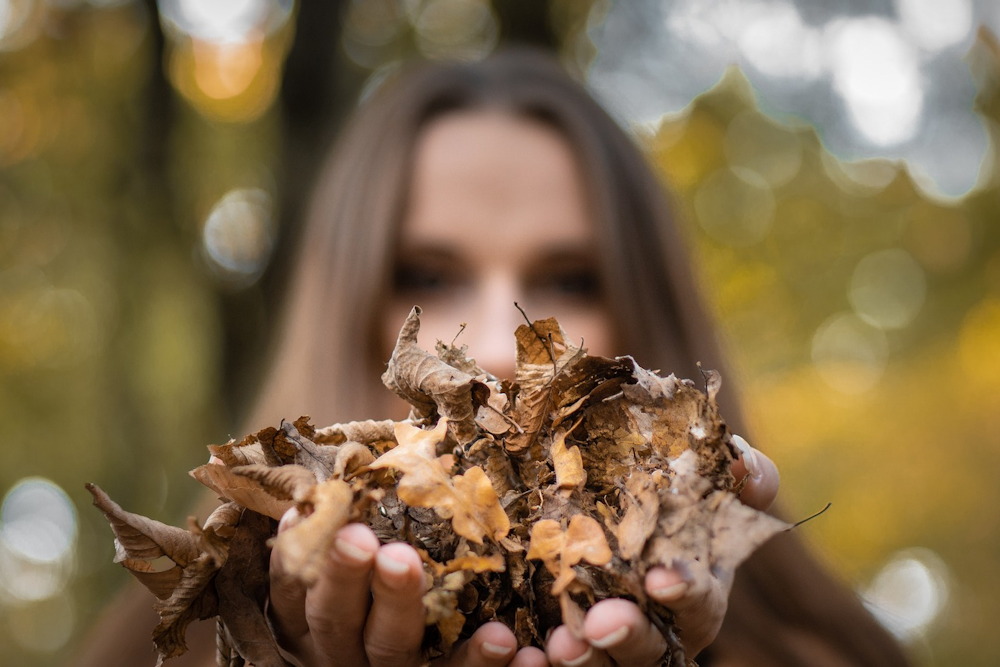
1. Create Leaf Mulch for Moisture Retention and Weed Control
One of the simplest ways to use fallen leaves is to create a natural mulch. By spreading shredded leaves around your garden beds, you create a protective layer that helps retain soil moisture, suppresses weed growth, and insulates the soil against temperature fluctuations. Leaf mulch also slowly breaks down, adding organic matter to the soil and enhancing its fertility. Be sure to shred the leaves first, as whole leaves can mat together, preventing water from reaching the soil.

2. Add Leaves to Your Compost Pile for a Nutrient Boost
Leaves are a fantastic source of “brown” material for your compost pile, providing carbon that balances out the “green” materials like grass clippings and vegetable scraps. As the leaves decompose, they add essential nutrients to the compost, resulting in rich, dark humus that improves soil structure and fertility. For best results, mix the leaves with other compost materials and turn the pile regularly to speed up decomposition and prevent compaction.
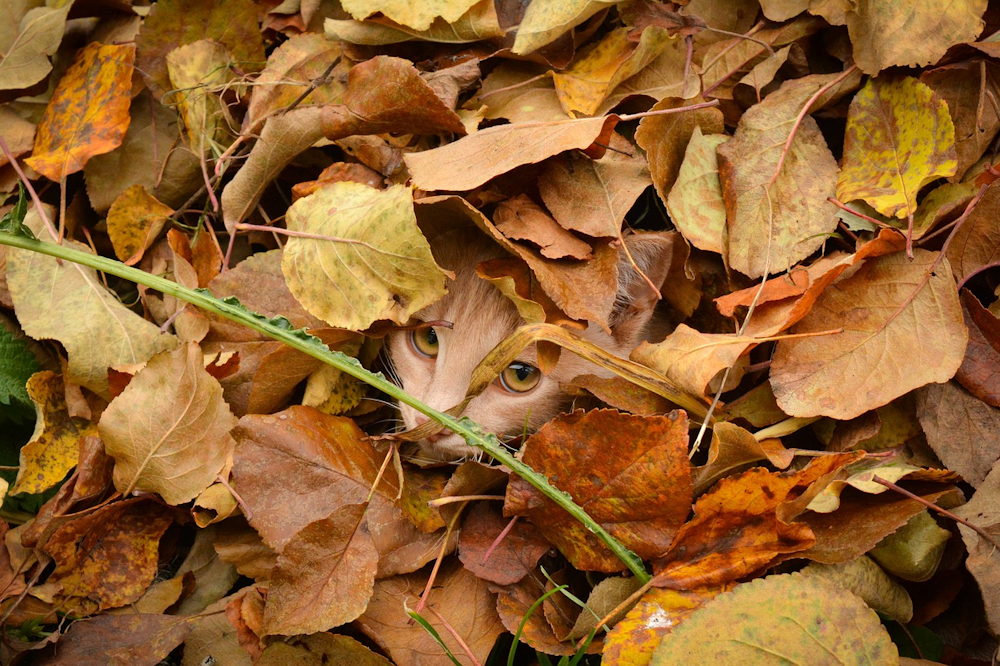
3. Make Leaf Mold for a Rich, Soil-Enhancing Amendment
Leaf mold is a type of organic matter made from decomposed leaves. Unlike regular compost, leaf mold is made solely from leaves, which are left to break down over time. The result is a dark, crumbly material that improves soil structure, moisture retention, and aeration. To make leaf mold, simply pile up leaves in a corner of your garden and leave them to decompose for six months to a year. The process requires minimal effort and produces an excellent, sustainable soil amendment.
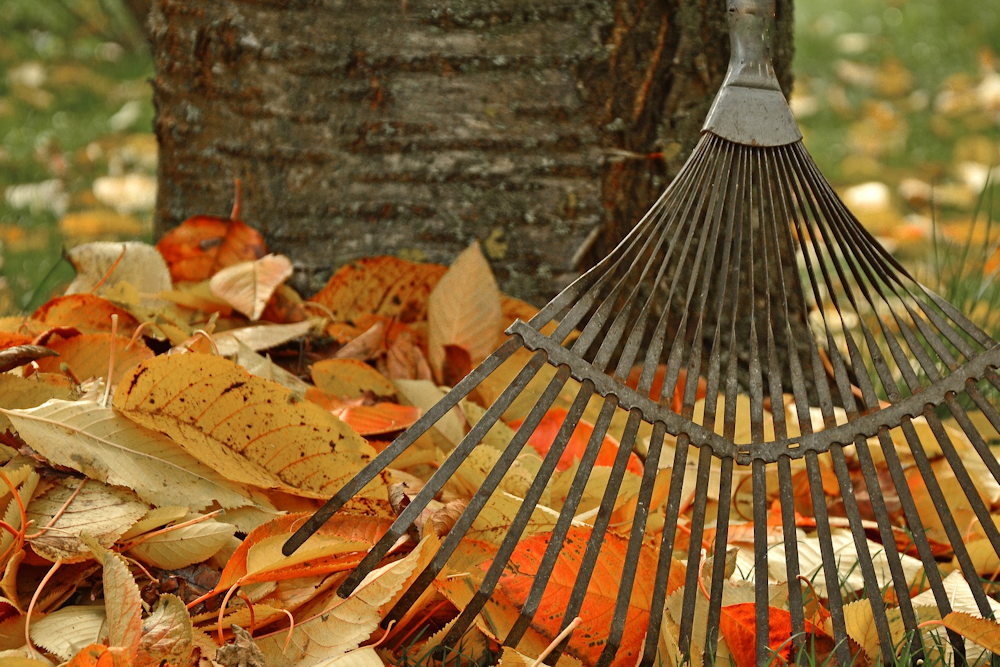
4. Use Leaves to Create a Wildlife Habitat
Instead of clearing away all the leaves, consider leaving a portion of them in place to create a habitat for beneficial wildlife. Many insects, including pollinators like butterflies and beetles, use leaf litter as shelter during the winter months. Additionally, small mammals, frogs, and other wildlife can benefit from the cover that fallen leaves provide. By maintaining some leaf cover in a quiet corner of your garden, you support local biodiversity and create a more balanced garden ecosystem.
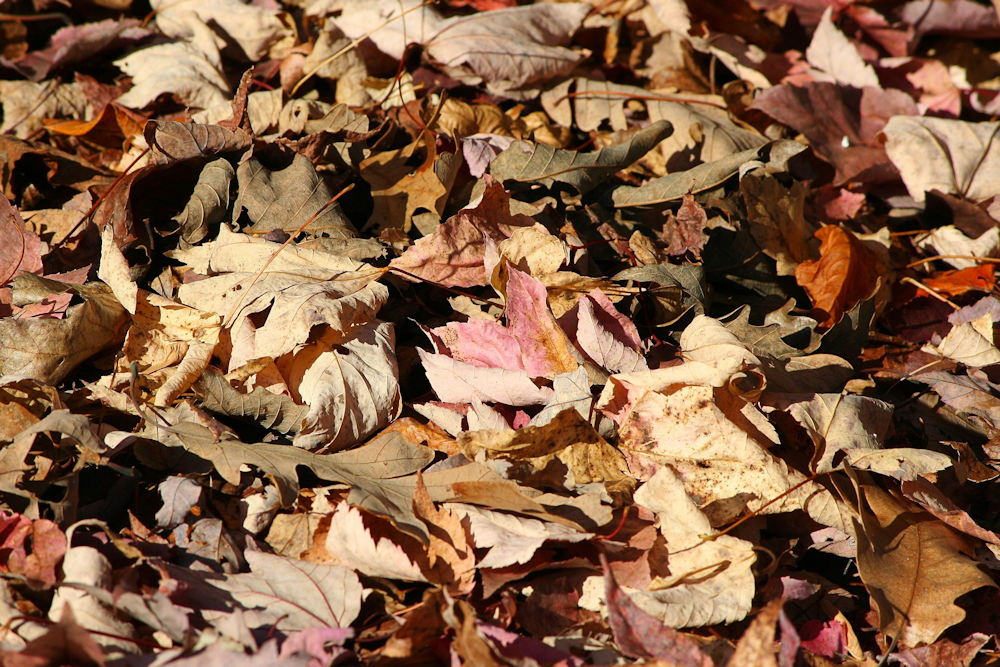
5. Insulate Tender Plants with a Leaf Blanket
Fallen leaves can also be used to protect tender perennials, shrubs, and young trees from winter cold. Pile leaves around the base of these plants to provide insulation and prevent frost damage. This natural, eco-friendly mulch keeps the soil warmer and reduces the risk of root damage from freezing temperatures. Make sure to remove the leaf mulch in early spring to prevent diseases and allow for new growth.
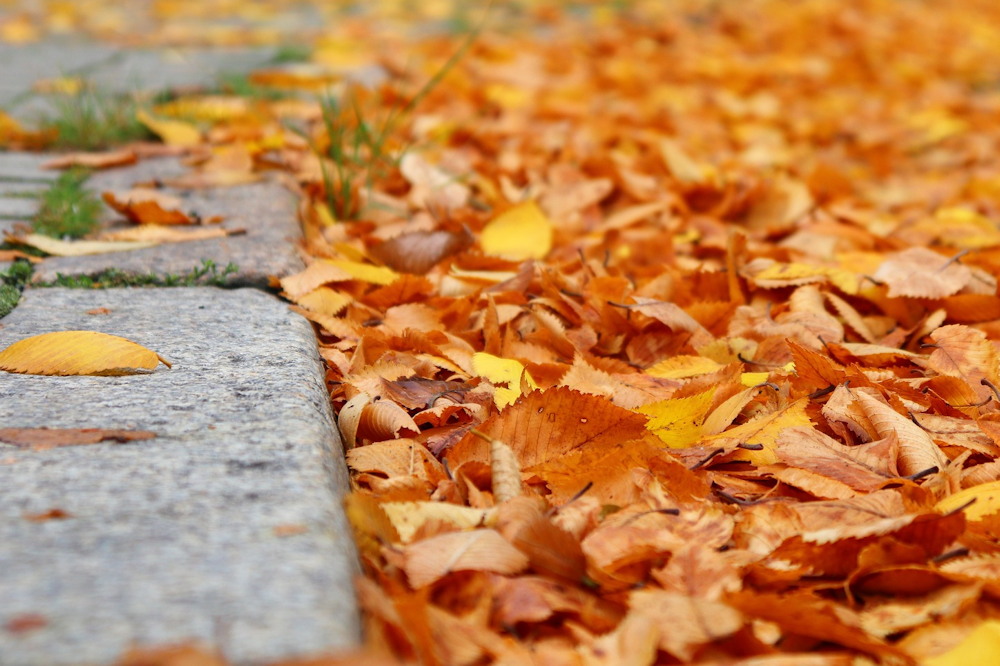
When Not to Use Fallen Leaves in Your Garden
While fallen leaves offer numerous benefits, there are some situations where they may not be suitable for use in the garden. Here are the most common reasons to avoid using fallen leaves:
- Diseased Leaves: If the leaves show signs of disease, such as spots, mildew, or fungal growth, it’s best not to use them. Diseased leaves can spread pathogens throughout your garden, potentially affecting healthy plants.
- Leaves from Toxic Trees: Some tree species, like black walnut or eucalyptus, produce leaves that contain chemicals harmful to other plants. These allelopathic leaves can inhibit the growth of surrounding plants if used as mulch or compost.
- Excessive Use of Whole Leaves: Whole leaves can form thick mats that block water and air from reaching the soil, creating an anaerobic environment that can harm plant roots. Always shred leaves before using them as mulch or compost.
- Pest-Infested Leaves: Leaves infested with pests, such as aphids, mites, or caterpillars, should not be used in the garden, as they can harbor and spread these pests.
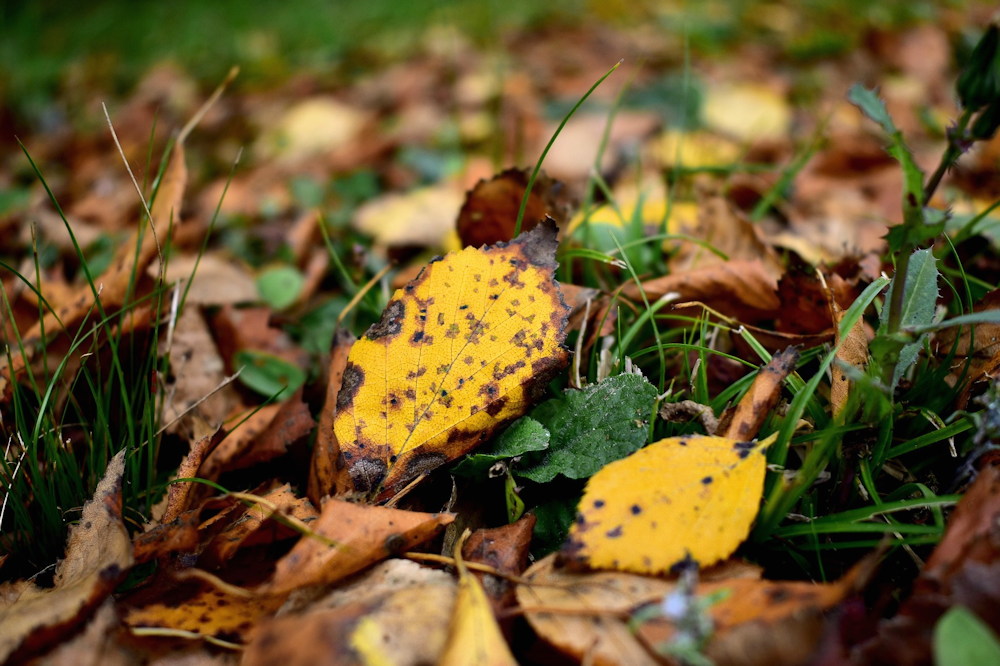
By being mindful of these potential issues, you can make the most of the fallen leaves in your garden while ensuring a healthy, thriving environment. Remember, when used correctly, leaves are a free, natural resource that can contribute significantly to sustainable gardening practices.
